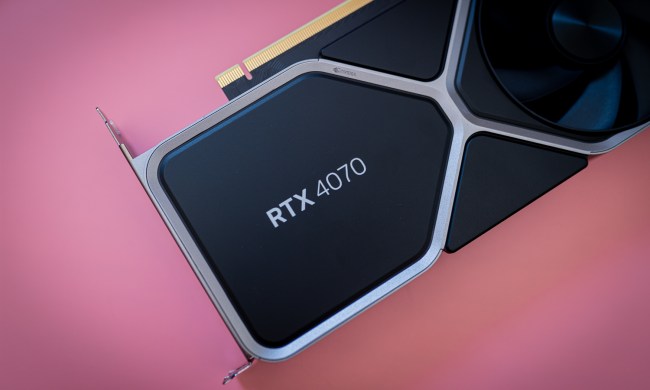While the chances of something awful happening on your Uber or Lyft ride are small, the chances of something bad happening in a car that you thought was your ridesharing vehicle are likely to be somewhat higher.
In a bid to remind riders that getting into the correct vehicle is the first step to ensuring a safe ride, San Francisco District Attorney George Gascon has launched an awareness campaign highlighting a few simple steps every passenger should take before their journey begins.
Today I’m launching a citywide campaign with @SFPD and @UBER to promote safety for rideshare passengers. Join me and #RideShareWithCare pic.twitter.com/hk1Silns9D
— George Gascón (@GeorgeGascon) September 11, 2018
Working with the city’s police department and Uber, which is headquartered in San Francisco, Gascon’s campaign advises riders to always verify the license plate number, color, make, and model of their rideshare car by checking it with the information shown in the app. If anything is amiss, don’t get in.
Secondly, it says you should always confirm your driver’s name, and make sure they know the name of the person they’re collecting — yes, that’s you. Another check worth making is that the driver matches the photo shown on your rideshare app.
Finally, the safety campaign strongly suggests that you always share details of your trip — including your pick-up location and destination — with a friend or member of your family.
“[Rideshare] services generally operate effectively, but they can be manipulated to attract unsuspecting victims,” Gascon said in a release. “Together, we can take steps to create a safer experience for a service so many rely on.”
An Uber spokesperson told Digital Trends it was excited to be working with the District Attorney’s office on the campaign, adding that while there are safety features in the Uber app, “they’ll only work if you are in the car that is assigned to you through the app. If someone is in the wrong car, they won’t know who their driver is and neither will Uber.”
Bogus rideshare drivers
Although rare, there have been a number of cases in the U.S. and beyond where passengers have been assaulted by individuals posing as rideshare drivers.
The bogus drivers often wait outside places in busy entertainment areas, with the unsuspecting passenger entering the vehicle believing it’s the ride they’ve booked.
Earlier this year, NBC News reporter Jeff Rossen posed as a fake Uber driver in Los Angeles to show how riders climb into cars without making the proper checks first. Numerous people who’d booked an Uber ride entered his car at various points throughout the evening, whereupon Rossen revealed the truth.
But ridesharing companies also have to deal with issues of trust and safety within their own services, with occasional rogue drivers at risk of giving a bad name to the vast majority of decent people who drive the vehicles.
To ensure peace of mind among passengers, ridesharing companies have gradually been adding safety features to their ridesharing apps. While ensuring the security of riders is vital if a ridesharing service is to succeed, Uber has pointed out in the past that in-car issues can also occur with riders being abusive to drivers.


